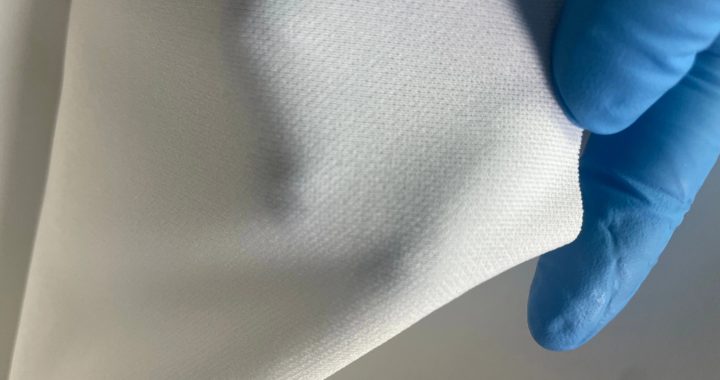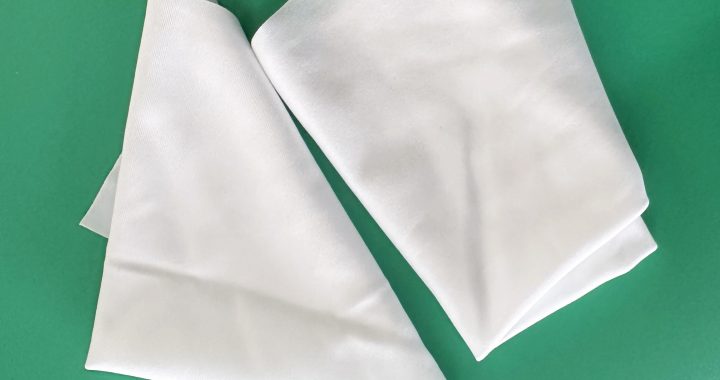High-density cleanroom wipes are essential tools in PCB (Printed Circuit Board) cleaning, particularly in environments where precision and cleanliness are critical. Their advanced design and superior properties make them ideal for ensuring PCB surfaces are free from dust, residues, and contaminants that can interfere with the performance and reliability of electronic components.
Key Features:
-
High Fiber Density: The tightly woven fibers in high-density wipes enhance their ability to capture and retain dust, particles, and residues, improving cleaning efficiency.
-
Lint-Free: These wipes are designed to shed minimal fibers, which is critical when cleaning sensitive surfaces like PCBs, where even tiny particles can cause defects.
-
High Absorbency: Capable of absorbing liquids, oils, and flux residues effectively, these wipes help maintain dry, clean PCB surfaces.
-
Durability: The robust, high-density construction of these wipes ensures they won’t tear easily during cleaning, even in high-traffic environments.
Application Range:
-
PCB Cleaning: Ideal for cleaning the surface of PCBs during manufacturing and assembly to ensure they are free from contaminants like dust, flux, and oils.
-
Soldering Residue Removal: Used to remove solder flux residues and other contaminants after the soldering process, ensuring better connectivity and reliability.
-
Final Inspection: Wipes are used in the final inspection phase to clean PCBs before testing or packaging, ensuring no contamination affects the testing or functionality of the board.
-
Component Cleaning: Used for cleaning around delicate components on the PCB, such as resistors, capacitors, and microchips, without causing damage.
Best Practices:
-
Single Use: To avoid cross-contamination, use each wipe only once and dispose of it immediately after use.
-
Proper Storage: Keep high-density wipes in sealed, clean conditions to preserve their effectiveness and prevent exposure to contaminants.
-
Gentle Wiping: Wipe in one direction to prevent reintroducing contaminants and to achieve the best cleaning results.
-
Use with Appropriate Solvents: When needed, use the wipes with solvents like isopropyl alcohol (IPA) to effectively clean and remove residues without damaging the PCB.



